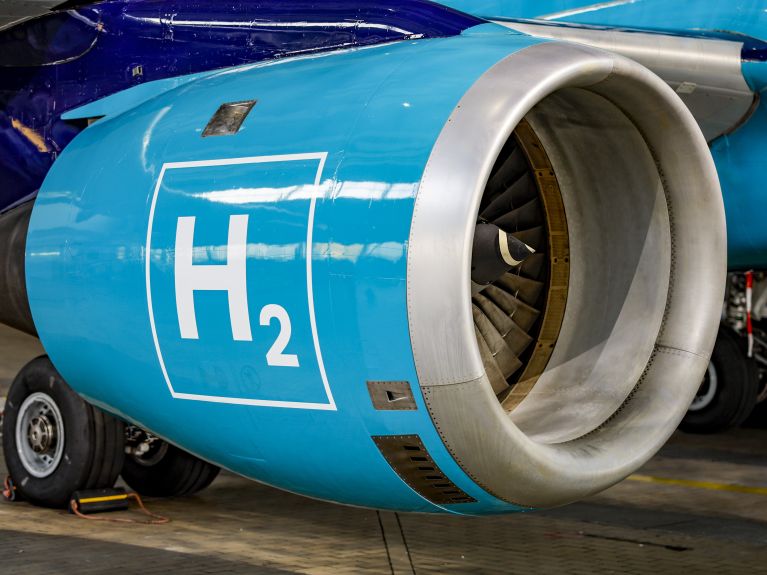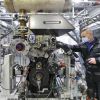New ideas for clean energy
Green hydrogen is a fuel with a future. Three startups from Germany are pursuing innovative approaches to its production and use.

Green Hydrogen Technology
Green hydrogen is green by definition if it is extracted from water using sustainably produced electricity. Though that makes sense in theory, it is by no means easy if the gas is sourced a long way away from the place where it is to be used – for example in the vicinity of large-scale solar power plants in North Africa – and then has to be transported thousands of kilometres to Germany, for example. This is the problem being addressed by Green Hydrogen Technology, a startup from Augsburg. The firm has developed a method of extracting hydrogen from raw materials that are available everywhere in abundance: plastics and sewage sludge. Though CO₂ is produced during the process, it is captured and further processed. Any heavy metals that occur can also be recycled. The market launch is planned for autumn 2023.
Enapter
An electrolyser is the device used to split water into hydrogen and oxygen with the aid of electricity. This is sustainable if the electrical energy comes from renewable sources. The process is highly energy intensive, however, which is why critics like to describe the hydrogen produced in this way as the “champagne among energy sources”. It would help a lot if electrolysers could use electricity more efficiently. This is what Enapter, a German startup from Heidelberg, is working on. It has developed a hydrogen generator that it claims can produce enough hydrogen from 2.4 litres of water to supply a two-person household for several days. This is achieved by using a so-called anion exchange membrane (AEM). The young firm has ambitious goals: by 2050, it wants to generate 10 percent of all the hydrogen produced worldwide.
Sunfire
Experts believe that the greatest potential for green hydrogen lies in areas that will be very difficult to electrify in the foreseeable future, such as aviation, shipping or the steel industry. In the future, hydrogen could replace coal for firing the energy-intensive furnaces used in the latter. Dresden-based startup Sunfire has developed a method of producing hydrogen that is particularly well-suited to use in steelworks or refineries. It takes advantage of the hot water vapour that is given off as waste heat in many processes and is rarely used. In addition, the company is working on so-called alkaline electrolysis, one of the oldest and therefore most fully developed methods. In 2023, Sunfire plans to launch the large-scale industrial production of hydrogen. The first gigafactory to be built in Germany is to have a capacity of 500 megawatts.
You would like to receive regular information about Germany? Subscribe here:


